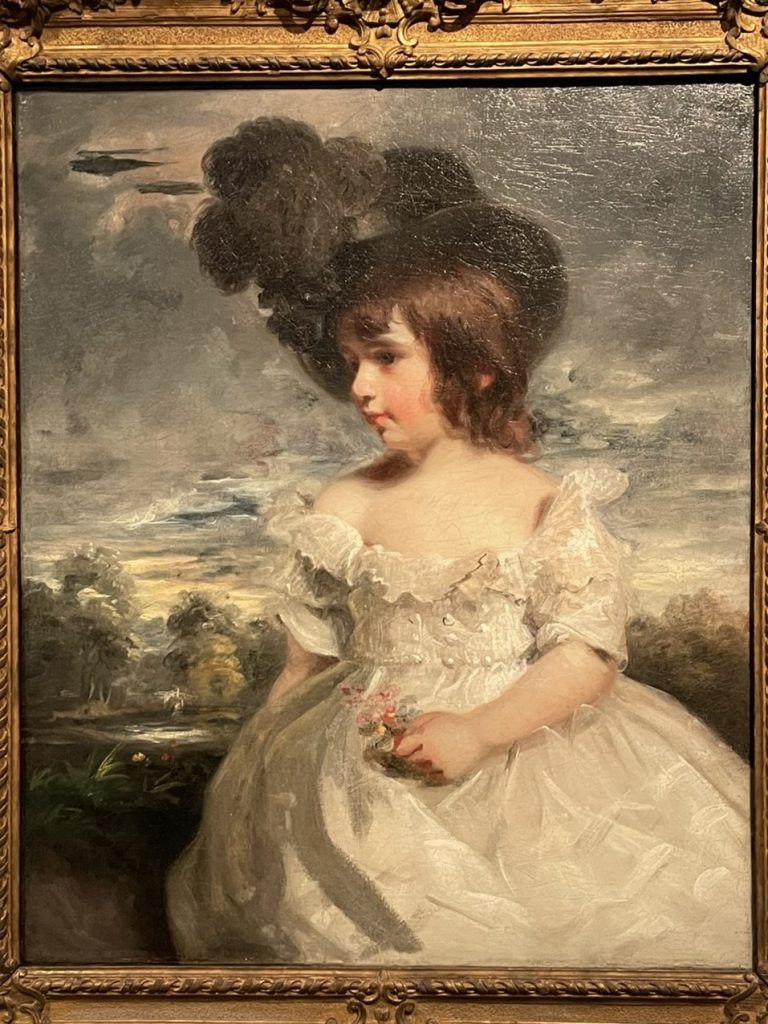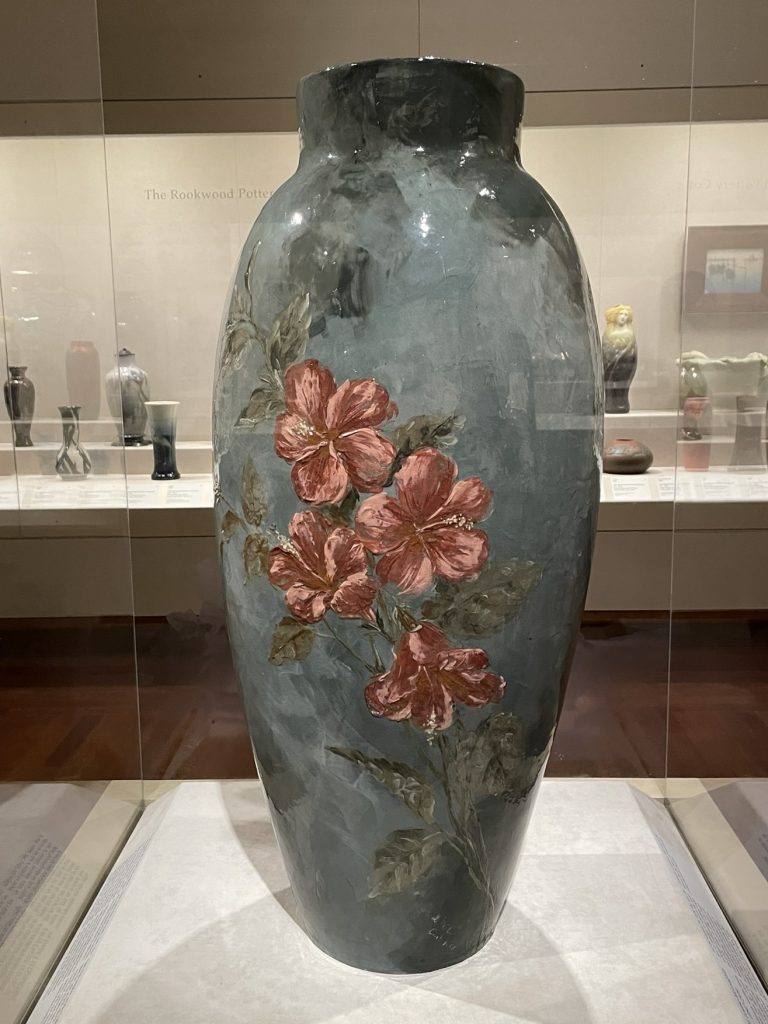The collection at the Cincinnati Art Museum didn’t align with our interests as much as some others, but it is home to a few paintings by some of our favorite artists, so it was well worth a stop.
The museum also had wonderful signs accompanying the paintings, highlighting details or explaining the situation in which the painting was created. Citations under our photos below are from these cards.
The museum was founded in 1881, making it one of the oldest in the United States. Today it has a collection of more than 67,000 items, making it the largest art museum in Ohio.
The cover photo is Trouville (1891) by Eugene Louis Boudin, who was, according to the sign, Claude Monet’s primary mentor!


Undergrowth with Two Figures, Vincent van Gogh, 1890. “A rhythmic pattern of thick brushstrokes animates the surface of this painting, making the couple seem strapped by the dense vegetation.”








The Cincinnati Wing
In 2003 the Cincinnati Wing was added to the museum, which naturally features Cincinnati artists, but which also had a large exhibit on the Great Cincinnati Pottery Smackdown. “In the last quarter of the nineteenth century two of the most important figures in the history of American ceramics began competing in Cincinnati for acclaim.” We’ve got M. Louise McLaughlin in one corner, and Maria Longworth Nichols Storer in the other.
The two achieved equal success in china painting, but then in 1877 Louise wrote a self-help book on the subject, which was wildly successful. She then followed that up by perfecting a new technique for decorating pottery under the glaze (which was very difficult to do), to great fanfare. She even created the largest vessel ever made in that way, the “Ali Baba” vase.
Maria, “who took a back seat to no one,” then went on to create the “Aladdin” vase, which was acclaimed for being exceptionally large, even if it did so happen to use Louise’ technique. Maria also formed her own pottery company, Rookwood, which went on to win more international awards than any other pottery in the world. “Today its wares are coveted across the globe by museums and collectors alike.”














One thought on “Cincinnati Art Museum”